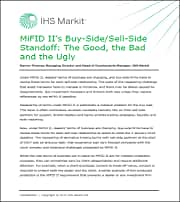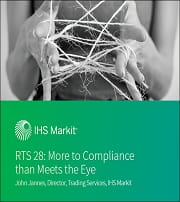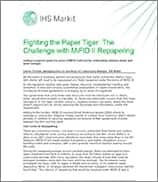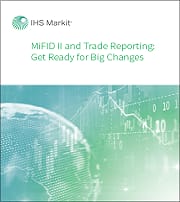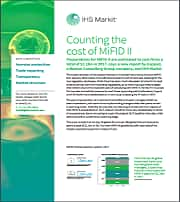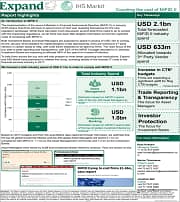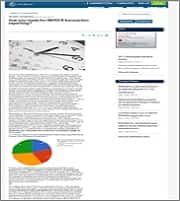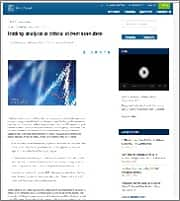Regulatory compliance: MiFID II solutions
Hear our thought leaders discuss MiFID II
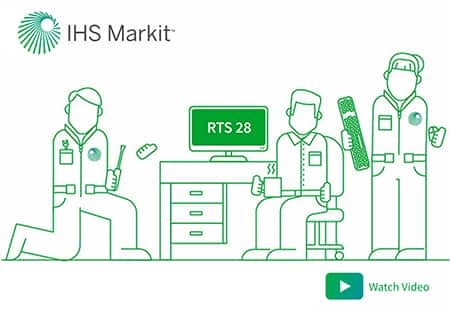
RTS 28 - More to compliance than meets the eye

What are the key challenges firms will face to address MiFID II?

How can you effectively manage outreach and repapering strategies?

Data management challenges posed by MiFID II reporting rules

Advice for the buy-side on best execution under MiFID II
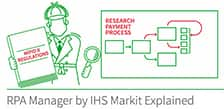
Need a solution for the research payment process under MiFID II?
For more insights, please visit our MiFID II Video Gallery.
{"items" : [
{"name":"facts","url":"","enabled":false,"desc":"","alt":"","mobdesc":"PDF","mobmsg":""},{"name":"login","url":"","enabled":false,"desc":"Product Login for existing customers","alt":"Login","large":true,"mobdesc":"Login","mobmsg":"Product Login for existing customers"},{"name":"sales","override":"","number":"[num]","enabled":true,"desc":"Call Sales [num]","proddesc":"[num]","alt":"Call Sales</br>[num]","mobdesc":"Sales","mobmsg":"Call Sales: [num]"}, {"name":"share","enabled":true,"desc":"<strong>Share</strong>","mobdesc":"Share","options":[ {"name":"facebook","url":"https://www.facebook.com/sharer.php?u=http%3a%2f%2fwww.spglobal.com%2fmarketintelligence%2fen%2fmi%2fsolutions%2fmifidii.html","enabled":true},{"name":"twitter","url":"https://twitter.com/intent/tweet?url=http%3a%2f%2fwww.spglobal.com%2fmarketintelligence%2fen%2fmi%2fsolutions%2fmifidii.html&text=Regulatory+compliance%3a+MiFID+II+solutions+%7c+S%26P+Global","enabled":true},{"name":"linkedin","url":"https://www.linkedin.com/sharing/share-offsite/?url=http%3a%2f%2fwww.spglobal.com%2fmarketintelligence%2fen%2fmi%2fsolutions%2fmifidii.html","enabled":true},{"name":"email","url":"?subject=Regulatory compliance: MiFID II solutions | S&P Global&body=http%3a%2f%2fwww.spglobal.com%2fmarketintelligence%2fen%2fmi%2fsolutions%2fmifidii.html","enabled":true},{"name":"whatsapp","url":"https://api.whatsapp.com/send?text=Regulatory+compliance%3a+MiFID+II+solutions+%7c+S%26P+Global http%3a%2f%2fwww.spglobal.com%2fmarketintelligence%2fen%2fmi%2fsolutions%2fmifidii.html","enabled":true}]}, {"name":"rtt","enabled":true,"mobdesc":"Top"}
]}












